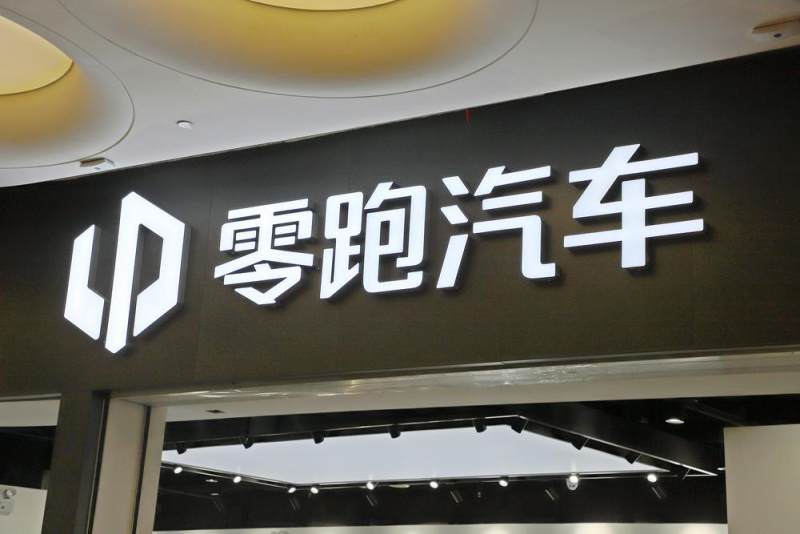The financial report shows that in the first half of this year, Leap Motor’s revenue reached 8.85 billion yuan, a 52.2% increase year-on-year. The net loss stood at 2.212 billion yuan, narrowing by 2.8%. Although the company has not turned a profit, its gross margin improved. The gross margin for the first half was 1.1%, and it rose to 2.8% in the second quarter. Leap Motor attributes the gross margin increase to higher R&D spending. This includes developing new models and investing more in smart driving technology. The report indicates that Leap Motor’s R&D expenses for the first half of this year totaled 1.221 billion yuan, an increase of 48.4% compared to the same period in 2023. Leap Motor has initiated the development of “end-to-end large model” smart driving technology. The disclosed timeline shows that the company plans to launch advanced smart driving features in the second half of 2024. These features will include point-to-point commuting on open roads and memory parking in parking lots. The company also aims to introduce urban smart driving capabilities based on the end-to-end large model by 2025. Founder and Chairman Zhu Jiangming stated during the mid-term earnings call that the company will continue to invest in manpower, computing power, and equipment in the smart driving field. “In 2024, we will establish the ‘Intelligent Technology Research Institute’ and plan to expand the existing team to about 500 people, focusing on developing algorithms and application technologies related to smart driving.” In the first half of this year, Leap Motor also ramped up hiring. The financial report shows that as of June 30, 2024, the group has 10,844 full-time employees. Among them, 47.2% work in manufacturing. The R&D department employs 3,823 people, accounting for 35.3%. Both the number and percentage of R&D employees increased since the end of last year. For reference, on December 31, 2023, the group had 9,314 full-time employees. Manufacturing made up 48.72%, and R&D accounted for 31.45%, with 2,929 employees. Zhu Jiangming believes the next three years are crucial for Leap Motor’s development. The company’s ability to enter the top five in the market will depend on its survival. He stated in a conference call that every car manufacturer in China must seize the next three years. “We believe that in three years, there will be few purely gasoline cars. Only pure electric, extended-range, and plug-in hybrids will remain. The market still has growth potential. New energy car companies can capture market share from gasoline vehicles. In the future, companies will need to compete in a saturated market, making it more challenging. Without scale and volume, there won’t even be capital to compete.” Data shows that in the first half of this year, Leap Motor delivered 86,696 vehicles, a 94.8% year-on-year increase. According to previous plans, Leap aims for sales of 250,000 to 300,000 vehicles this year. Zhu Jiangming further emphasized that for Leap, volume is more important than gross margin or gross profit. “Of course, we cannot sell at a loss. We must maintain a certain gross margin and gross profit.” Leap’s strategy aims for gradual, planned increases in gross margin each year. This year, they target an average gross margin of 5%, or slightly better. Next year, they will move towards 10%. Ultimately, they believe Leap’s gross margin should reach around 15%.
Leapmotor plans to start sales and deliveries of the C10 and T03 in Europe from September 2024. Both models have received EU WVTA certification. So far, nearly 2,000 C10 and T03 units have been shipped to Europe by sea. Leapmotor aims to expand its sales network to over 200 points in Europe by the end of this year. By 2026, the company plans to grow the network to 500 locations. In the fourth quarter of 2024, Leapmotor will enter markets in the Middle East, Africa, and South America. Additionally, Leapmotor is planning localized manufacturing in Europe. The company will use existing local factory resources to transform production capacity for electric vehicles and reduce costs. “A car company, especially one producing mid- to low-end products, must localize manufacturing,” said Zhu Jiangming during the earnings call. “Shipping a car is expensive. It costs about 1,400 to 1,500 euros to ship from China to Europe. Adding tariffs, these costs can eliminate profit margins. Therefore, we believe local manufacturing is essential and must be done quickly.”
